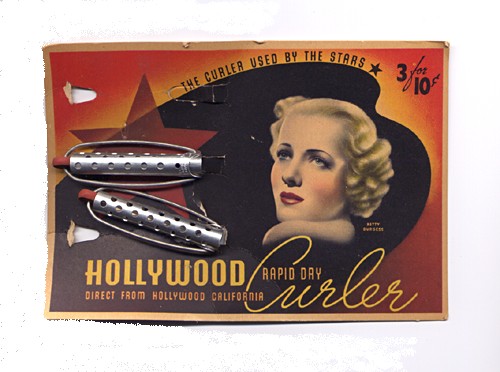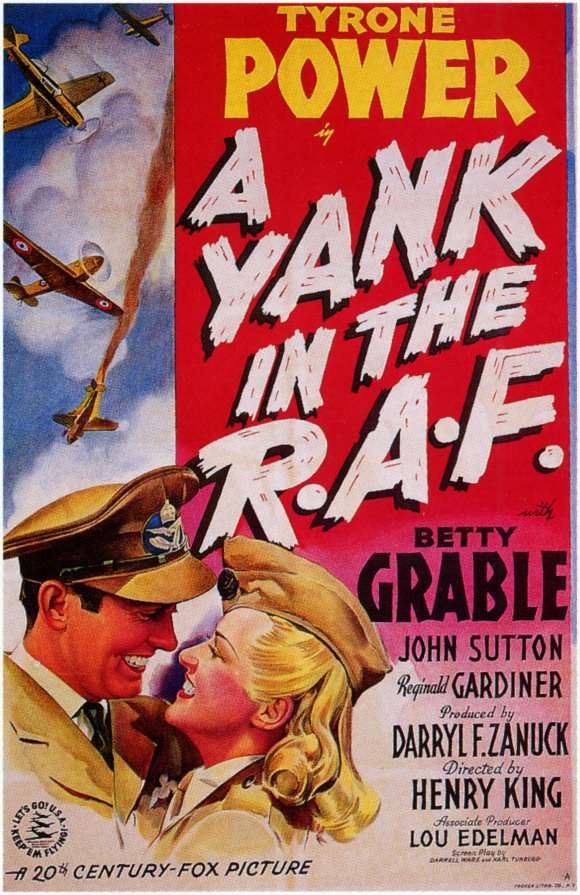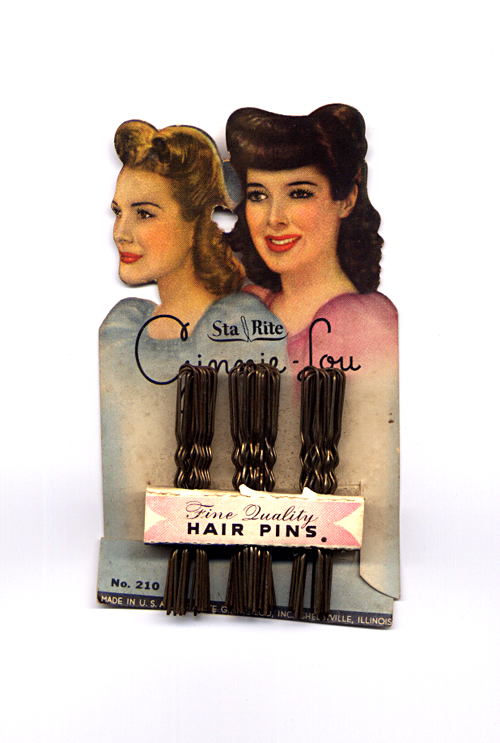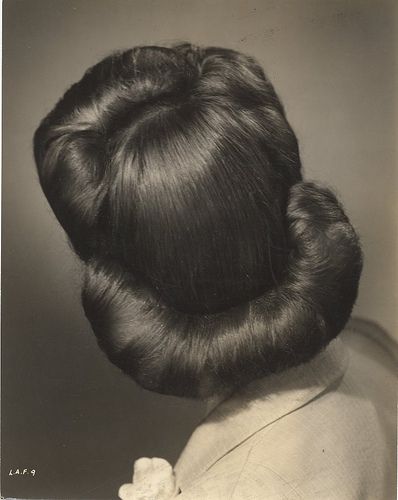Fri 29 Jul, 2016
Vintage Powder Room Cinema: A Star Is Born [1937]
Comments (0) Filed under: Vintage Powder Room CinemaWelcome to Vintage Powder Room Cinema! Tonight’s feature is A STAR IS BORN in glorious Technicolor. It has an all-star cast: Janet Gaynor, Fredric March, Adolphe Menjou, May Robson, Andy Devine, and Lionel Stander.
Enjoy the movie!
From TCM:
A screenplay entitled “A Star Is Born” is stamped with the words, “Final Shooting Script,” then opened to reveal the following story: Esther Blodgett returns one winter evening to her home, an isolated farmhouse in North Dakota, after seeing a movie with her little brother Aleck, which starred her screen idol, Norman Maine. Esther’s Aunt Mattie disdains Esther’s obsession with the movies, and her father and grandmother Lettie are surprised to hear that Esther wants to be a movie star. After Mattie berates her, Esther runs to her room in tears. Lettie then tells Esther of her own past dreams of coming across the country in a “prairie schooner,” and although she cautions Esther about the heartbreak that always comes to those who pursue their dreams, Lettie encourages Esther and gives her money to take a train to Hollywood.








